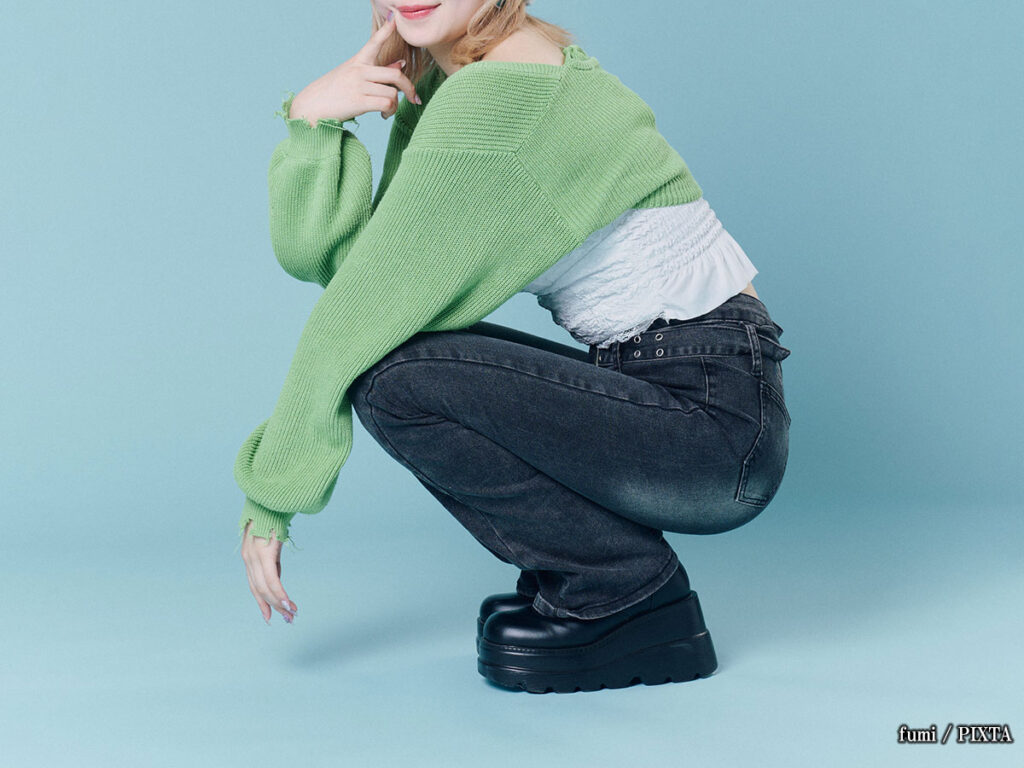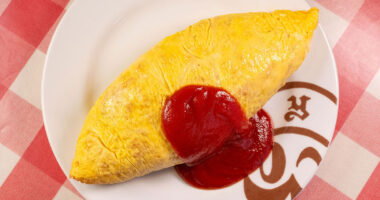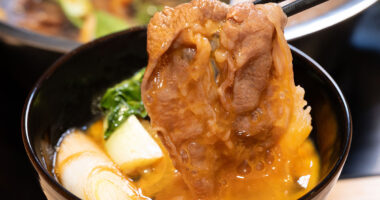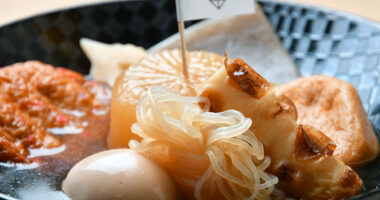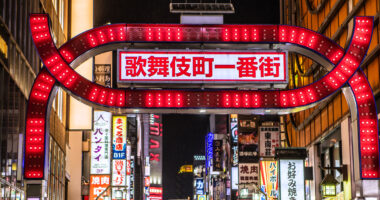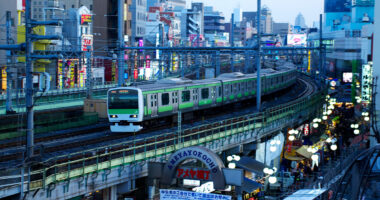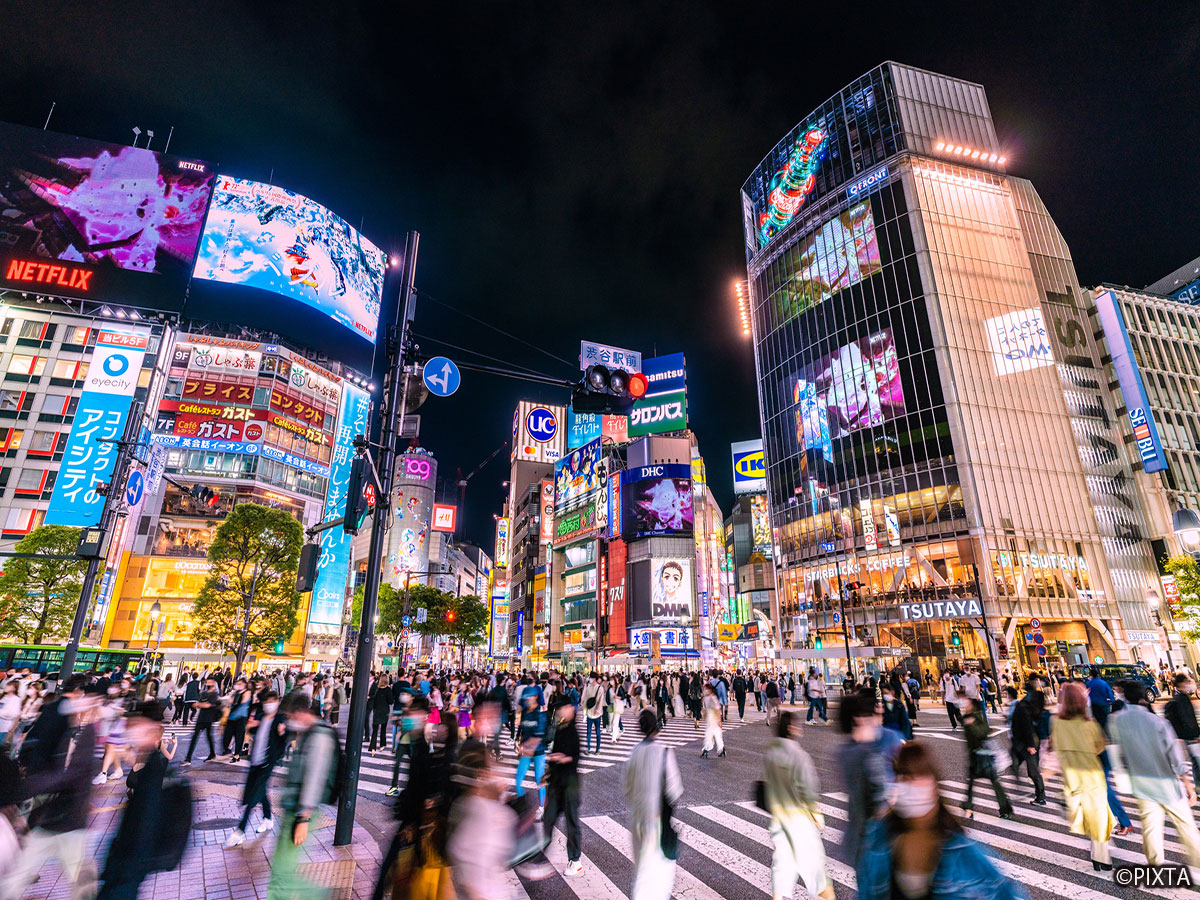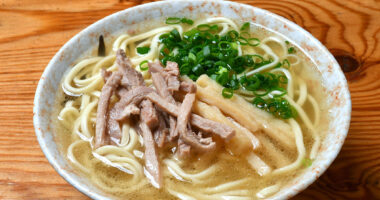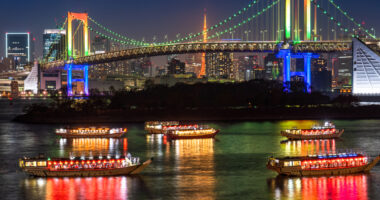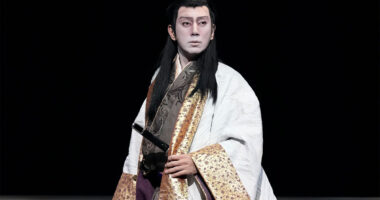Tokyo has no shortage of shopping districts, but with so many neighborhoods to explore, it helps to know what each one does best. Shibuya and Shinjuku are two of the city’s busiest retail hubs—both packed with options, but each with its own character. They cater to different styles, budgets, and shopping habits, so understanding what sets them apart can help you choose where to start.
- Quick overview: key differences at a glance
- Who should shop in Shibuya?
- Who should shop in Shinjuku?
- Accessibility and crowds: which is easier to navigate?
- Local vibe and dining scene
- Shopping categories and price ranges: fashion, souvenirs, electronics
- Final verdict: choose based on your style and purpose
Quick overview: key differences at a glance
Here’s a side-by-side look at how Shibuya and Shinjuku compare when it comes to shopping:
- Shibuya:
Often seen as the center of Tokyo’s youth culture, Shibuya is all about fast fashion, streetwear, and trend-driven shops. It’s loud, colorful, and constantly evolving. - Shinjuku:
A massive commercial district full of department stores and electronics giants, Shinjuku covers more ground both physically and in terms of shopping variety. Expect a mix of high-end pieces, everyday essentials, and everything in between.
Who should shop in Shibuya?
Shibuya is the ideal shopping destination for:
- Fashion-forward youth:
If you’re looking for the latest trends in Japanese youth fashion, quirky accessories, and unique streetwear, Shibuya is your playground. - Trendsetters and pop culture enthusiasts:
Shibuya is often the launchpad for new fashion movements and pop culture trends in Japan. You’ll find stores tied to specific subcultures, anime and manga goods, and pop-ups that stock whatever’s in style. - Those seeking a lively atmosphere:
The energy in Shibuya is infectious. Music blares from storefronts, screens flash above the crossing, and crowds move in every direction. It’s a place that rarely slows down. - Mid-range to affordable budgets:
While there are a few upscale spots, most stores in Shibuya lean affordable, with a strong presence of fast fashion and lifestyle brands.
Who should shop in Shinjuku?
Shinjuku appeals to a different, often broader, demographic of shoppers:
- Department store enthusiasts:
Shinjuku is stacked with major names like Isetan, Takashimaya Times Square, Odakyu (its main building is closed and it currently operates in a reduced capacity in the HALC Building), and Keio. These stores cover everything from luxury fashion and cosmetics to depachika (gourmet food halls often on the basement level of department stores) and home goods. - Electronics shoppers:
If you’re after gadgets, cameras, or appliances, Shinjuku is hard to beat. Massive retailers like Yodobashi Camera and Bic Camera offer competitive prices, wide selection, and often duty-free options for tourists. - Luxury shoppers:
High-end international brands have a strong presence, especially within department stores and along main retail streets. - If you want options:
Whether you’re after books, outdoor gear, souvenirs, or basics like UNIQLO and GU, Shinjuku’s sheer volume of stores makes it easy to find everything you need in one area. - Those on varying budgets:
Shopping in Shinjuku spans the full spectrum of price points, with a wide selection across both brands and product types.
Accessibility and crowds: which is easier to navigate?
Both districts are major transportation hubs, but their layout and crowd dynamics differ.
- Shibuya:
Centered around the famous Shibuya Scramble Crossing, the main shopping areas are relatively compact and walkable. It’s simple to move between stores, but the crowds—especially on weekends—can feel overwhelming. Sidewalks fill quickly, and the constant motion adds to the sensory overload. - Shinjuku:
Shinjuku Station is notoriously complex, with dozens of exits and multiple train lines. Getting your bearings can take time, but once you’re oriented, the shopping areas are well-organized. Most crowds flow into large buildings rather than bottlenecking outdoors (like at Shibuya Scramble), making the overall experience feel more manageable. Using specific station exits will be key to avoid getting lost.
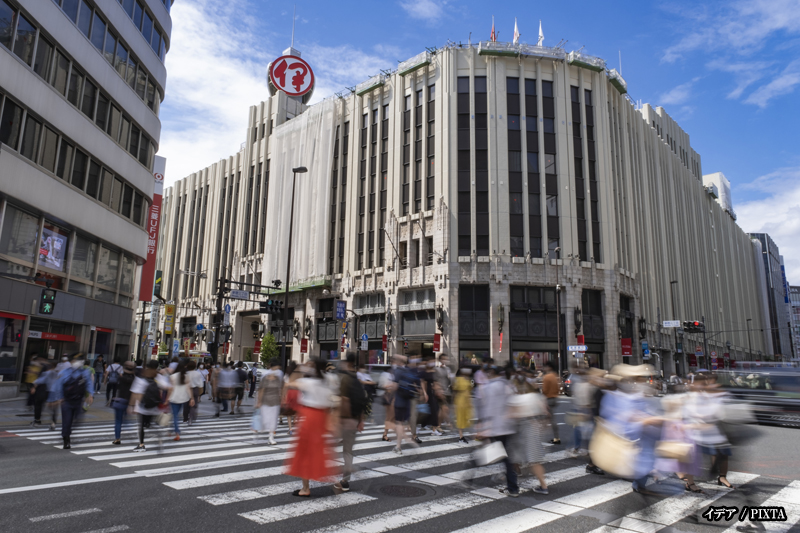
Photo for illustrative purposes
Local vibe and dining scene
The atmosphere and dining options in each district reflect its broader personality.
- Shibuya:
Youthful, fast-paced, and always moving, Shibuya leans casual when it comes to food. Expect cafes, themed restaurants, international fast food, and quick-service izakaya (gastropubs) that match the energy of the streets. It’s ideal for a quick bite between shops. - Shinjuku:
Shinjuku’s dining scene is as varied as its shopping. You’ll find polished restaurants inside department stores, high-end sushi and kaiseki (premium full-course Japanese dining), casual ramen shops, and lively izakayas tucked into alleys. Areas like the entertainment district of Kabukicho and Golden Gai, full of small bars and eateries, add nightlife into the mix, making it easy to find something that suits your pace and budget.
Shopping categories and price ranges: fashion, souvenirs, electronics
Let’s break down where to go for specific shopping needs:
Fashion
- Shibuya:
Known for fast fashion outlets like H&M, Zara, as well as youth-oriented Japanese brands found in malls like WEGO and Shibuya 109. The area also has a strong showing of vintage shops and streetwear boutiques. Prices are generally mid-range to affordable. - Shinjuku:
Offers a wider range, from luxury labels like Louis Vuitton and Chanel to Japanese designer brands and casual staples like UNIQLO and GU.
Souvenirs
- Shibuya:
Great for trendy, pop culture souvenirs such as character goods, accessories, and items tied to current fads. - Shinjuku:
Shinjuku has a broader selection, from traditional Japanese gifts and specialty food items in depachika to large souvenir sections in discount stores like Don Quijote.
Electronics
- Shibuya:
Has smaller electronics shops, but it’s not a major draw for tech. - Shinjuku:
Shinjuku outclasses most districts for electronics. Massive retailers like Yodobashi and Bic Camera offer impressive inventories, tax-free shopping, and entire floors dedicated to gadgets, appliances, and more.
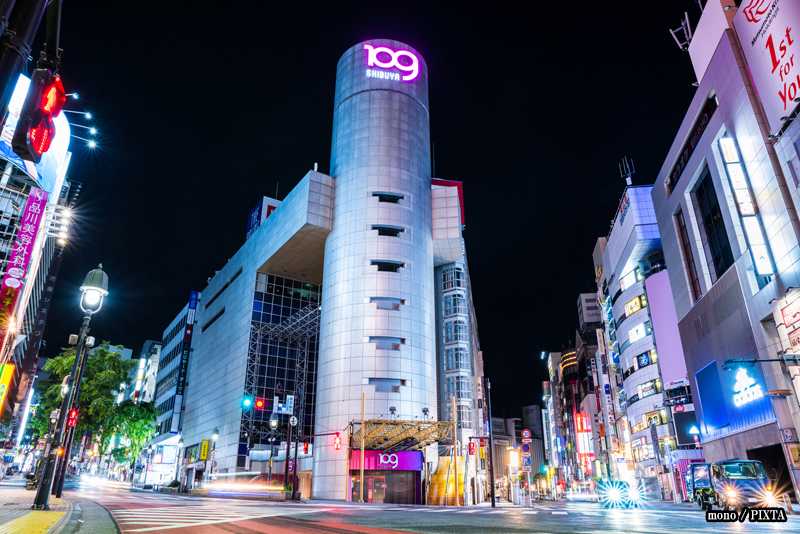
Photo for illustrative purposes
Final verdict: choose based on your style and purpose
Deciding between Shibuya and Shinjuku comes down to what you’re shopping for and the kind of experience you want.
- Choose Shibuya if you’re young (or young at heart) or drawn to street fashion, character goods, and pop culture trends. It’s a good fit for mid-range to affordable budgets and for anyone who enjoys a high-energy atmosphere.
- Choose Shinjuku if you’re after convenience and scale, as it brings together department stores, luxury fashion, electronics, and practical essentials all in one place. It also suits a wider range of shoppers and budgets, with diverse dining and more structured shopping. Just be prepared to navigate the station.
They may be just minutes apart by train, but Shibuya and Shinjuku offer two entirely different shopping experiences. Many visitors choose to explore both, finding it the best way to experience the full range of Tokyo’s retail culture.
